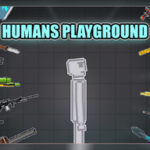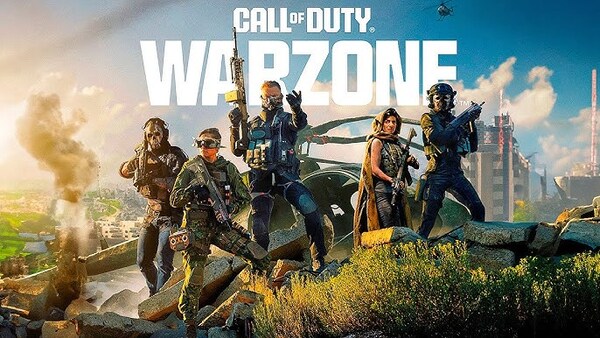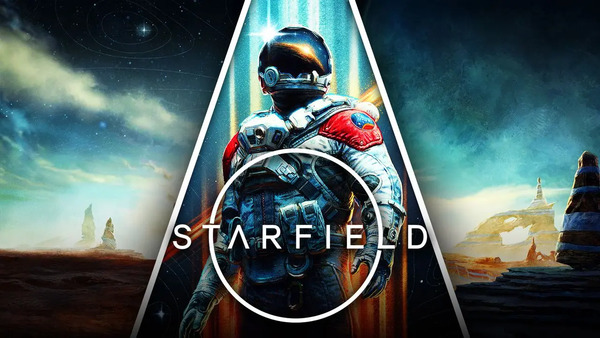Garena Free Fire is no stranger to introducing innovative maps that dramatically change the pace and strategy of its battle royale gameplay. Among these maps, Kalahari stands out as one of the most dynamic and challenging additions. Released as a desert-themed battleground, Kalahari brings a refreshing yet gritty twist to the Free Fire experience. With its rugged terrain, vertical engagements, and lore-driven landmarks, Kalahari is more than just a new setting — it's a game-changing evolution in the Free Fire universe.
In this detailed exploration, we’ll take you through the full journey of Kalahari — from its inception and features to strategic insights, gameplay impact, pros and cons, and player reception.
The Birth of Kalahari: Free Fire’s Bold New Map
When Garena first teased Kalahari, the community was abuzz with excitement and curiosity. Unlike the lush Bermuda or the urbanized Purgatory, Kalahari promised an entirely different tone: a sun-scorched desert map filled with danger, mystery, and opportunity.
Kalahari was introduced in early 2020 and quickly became a staple in ranked and casual matches. Designed to challenge players with its open spaces and elevated terrains, Kalahari encouraged a new level of tactical gameplay. The developers aimed to redefine the way players thought about cover, sniping, and movement by placing heavy emphasis on verticality and exposure.
Why Kalahari Mattered
Kalahari wasn't just another terrain swap. It was symbolic of Garena’s commitment to innovation. By introducing new biomes and diversifying combat dynamics, Free Fire strengthened its replayability and depth. Kalahari quickly earned its spot as a favorite among competitive players.
Unique Features of the Kalahari Map
Kalahari introduced several unique gameplay features that distinguished it from Bermuda and Purgatory. From the harsh environmental design to interactive elements, every detail pushed players to adapt.
Key Environmental Traits
-
High Altitude Zones: Structures like Refinery and The Sub had high vantage points, ideal for long-range engagements.
-
Sparse Vegetation: Limited natural cover meant that positioning and use of buildings were vital.
-
Chokepoints: Tunnels and narrow paths encouraged ambush tactics and required strategic planning.
Interactive Map Elements
Some areas in Kalahari included destructible barriers or zip lines, allowing for more aggressive movement and outplays. These elements changed the rhythm of matches, forcing players to adapt their tactics in real time.
Iconic Locations Across the Kalahari Map
Kalahari’s landmarks are more than just drop zones — they are strategic assets. Let’s break down the most iconic locations that define this desert warzone.
Refinery
A fan-favorite for its elevation and loot density. It's also one of the deadliest hotspots. Players who control Refinery often dominate the match.
Command Post
Great for mid-game rotation. Its central location and decent loot make it a balanced area for teams looking to play safely but stay close to the action.
The Sub
Offers great sightlines and is ideal for snipers. However, it is isolated, which makes it hard to rotate out from.
Stone Ridge
Often underestimated, this area has sneaky flank routes and moderate loot. It’s great for solo players or small squad tactics.
Gameplay Strategies Unique to Kalahari
Success on Kalahari requires a blend of aggression, map knowledge, and patience. Let’s explore some tips and strategies that work best on this map.
Positioning is King
Due to the vertical layout, players who secure the high ground — especially in places like Refinery or The Sub — often have a tremendous advantage. Always scout for elevation when planning your rotations.
Controlled Engagements
Unlike Bermuda, where you can rely on trees and grass, Kalahari offers minimal cover. Taking every fight with intent is crucial. Avoid open spaces unless you’re moving quickly or have smoke grenades.
Loot and Move
Looting needs to be fast and efficient. Kalahari’s open areas make prolonged looting dangerous. Drop, loot quickly, and reposition early to secure high ground.
Kalahari’s Influence on Meta and Ranked Play
Kalahari’s introduction reshaped Free Fire's ranked scene. It gave rise to new playstyles and team compositions, particularly favoring snipers and support characters.
Tactical Changes in Squad Play
-
Teams began to prioritize characters with scanning or defensive skills to counter snipers.
-
Sniper rifles and DMRs (like the Woodpecker) saw increased usage due to long-range combat scenarios.
Rotation Patterns Changed
The map’s circular structure and elevation made traditional linear rotations obsolete. Instead, smart teams began using the outer rim and high peaks for late-game pushes.
Character Synergy on Kalahari
Kalahari’s unique terrain influences which characters shine on this map. Some abilities are particularly useful in its unforgiving environment.
Best Characters for Kalahari
-
Clu: Her ability to locate enemies is crucial when pushing high ground.
-
Laura: Increased accuracy while scoped is perfect for Kalahari’s long-range battles.
-
Chrono: His shield ability is life-saving when caught in open areas.
-
Wukong: Great for quick deception and repositioning.
Characters to Avoid
Close-range specialists like Jota or Kla may struggle unless played with precision, as Kalahari doesn't naturally favor CQB scenarios.
Community Feedback and Reception
The initial response to Kalahari was mixed but quickly warmed as players adapted.
What Players Loved
-
Visual Aesthetic: The desert theme was praised for being a refreshing departure.
-
Tactical Depth: Ranked and pro players appreciated the new challenges.
-
Sniping Heaven: Long-range players found Kalahari to be their playground.
Common Complaints
-
Harder for Newbies: Kalahari’s openness made survival difficult for newer players.
-
Limited Cover: Sometimes punishing without balanced weapon loadouts or team play.
Kalahari in Competitive and Esports Play
Kalahari soon became a staple in Free Fire esports. Its unforgiving terrain rewarded skilled players and well-coordinated teams.
Esports Impact
-
Highlights Long-Range Skill: Sniping duels on this map are legendary in Free Fire tournaments.
-
Strategic Team Formations: Teams often used split formations to cover more terrain and angles.
-
Dynamic Final Zones: The closing circles on Kalahari often landed in exposed locations, creating thrilling finishes.
Updates and Evolution Over Time
Since its release, Kalahari has seen several tweaks and updates, each enhancing the experience while maintaining its core identity.
Notable Changes
-
Added zip lines and more loot to balance underused areas.
-
Slight terrain modifications to smooth out rotation paths.
-
Optimization for better performance on low-end devices.
Future Potential
Garena may continue to evolve Kalahari by introducing weather changes, time-of-day cycles, or even expanding the map with new POIs (Points of Interest).
Conclusion: Why Kalahari Still Matters in Free Fire
Kalahari stands as one of Garena Free Fire’s boldest and most impactful additions. Its design pushed the boundaries of traditional mobile battle royales and offered a fresh, rewarding challenge for players of all levels.
While it may not be the easiest map to master, those who invest time into learning its nuances often find themselves at the top of the leaderboard. Whether you're a casual gamer or an aspiring esports competitor, Kalahari offers a battlefield where brains and bullets are equally powerful.

































